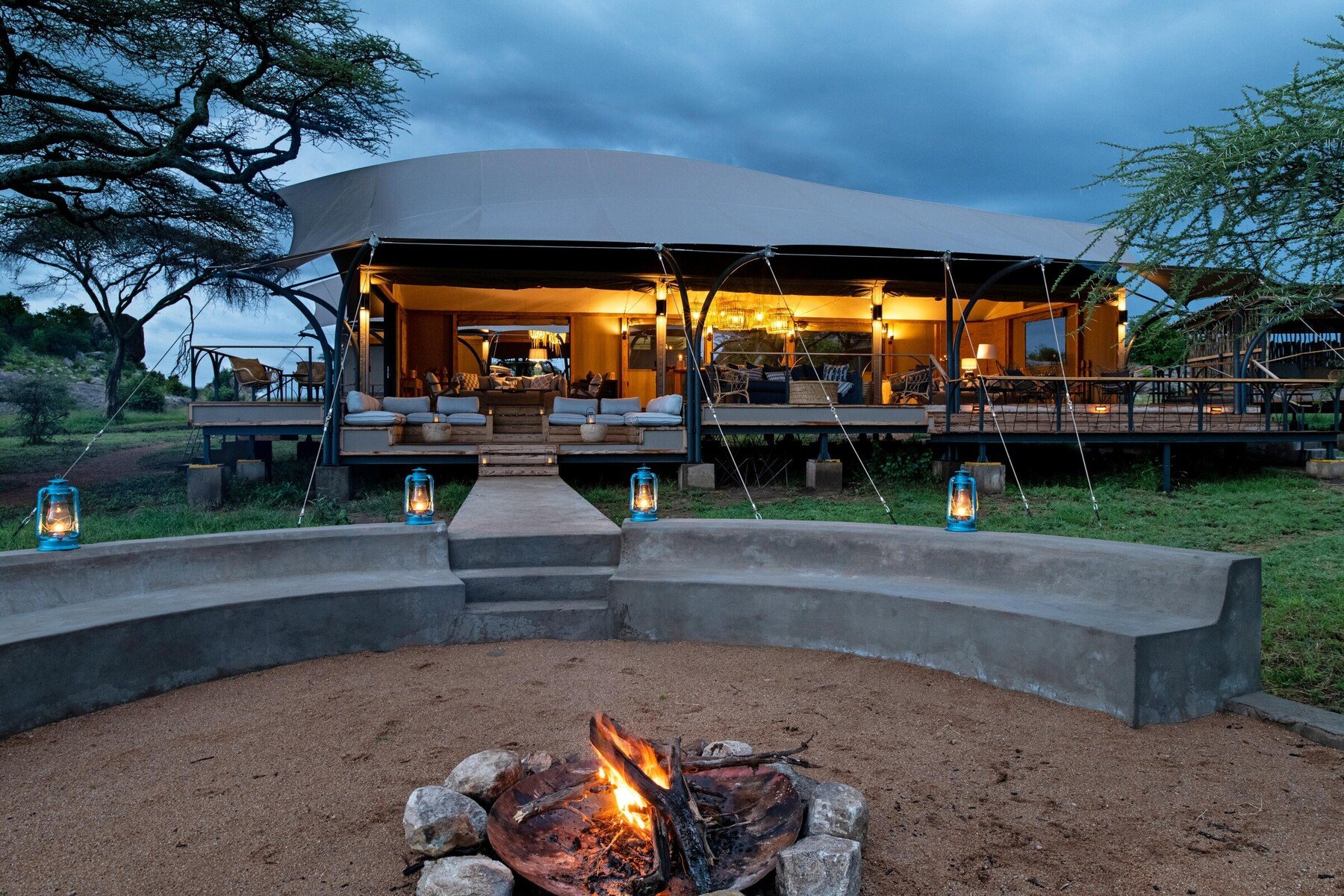
Custom Safaris in Tanzania
Ready to Book Your Custom Safari Tour in Tanzania?
Tanzania is known for the beautiful extremes within its borders: Africa’s highest mountain, the iconic Kilimanjaro, as well as its largest game reserve and three of its largest lakes.
The incomparable Serengeti Plains teem with migrating herds of wildebeest and zebra and attendant predators; its tropical forests provide sanctuary to chimps, and the extraordinary grasslands and topography offer some of Africa’s most glorious and plentiful displays of wildlife in scenic parks and reserves.
Tree-climbing lions, Rift Valley lakes, Olduvai Gorge, Ngorongoro Crater, Masai culture, and white sands – Tanzania has it all!
The vast and beautiful country of Tanzania, between the shores of Lake Victoria and the shimmering Indian Ocean, is world-renowned for her quite extraordinary abundance of wildlife and fabulously unspoiled vistas. It is also home both to the exotic spice island of Zanzibar and the magnificent snow-capped Mount Kilimanjaro, which, at 5,896 meters, is the highest freestanding mountain in the world.
More than 100,000 sq km of Tanzania’s area is devoted to her national reserves, and the country is also home to a fascinating rainbow of cultures, including over a hundred traditional tribes such as the Masai, Sukuma and Chagga. The land has been touched by countless peoples, from the first Bantu settlers migrating from south and west Africa, to Arab traders whose trace still dominates the magical island of Zanzibar, and through Portuguese, German and British colonists. Tanzania finally gained independence in 1961.
Tanzania Safari Overview
Tanzania’s Northern Circuit is by far the most popular for first-time safari goers as we can easily combine the breathtaking Ngorongoro Crater with seasonal camps in the Serengeti to see the massive migratory herds and resident predators. A Northern Circuit safari can also include one of our favorite parks, Tarangire National Park, as well as Lake Manyara, seasonal home to millions of flamingos.
The lesser-visited Southern Circuit includes Katavi, Selous and Ruaha, parks known for being both rugged and remote, as well as the Mahale Mountains, a breathtaking chimp-tracking destination set on the shores of Lake Tanganyika.
Seasonality
Peak Season in East Africa (January-March and June-October) coincides with the driest months and best wildlife viewing.
The Migration moves cyclically around the Serengeti-Mara ecosystem, mostly concentrated in Kenya’s Masai Mara from June-October and in Tanzania‘s Serengeti from November-May.
East Africa’s rainiest months are April-May and November. Due to wet conditions and camp closures, these months are typically avoided.
It is common to combine a Tanzania safari with a visit to the beaches of Zanzibar, a gorilla trekking extension or other wildlife viewing destinations in Kenya and throughout East Africa.





















